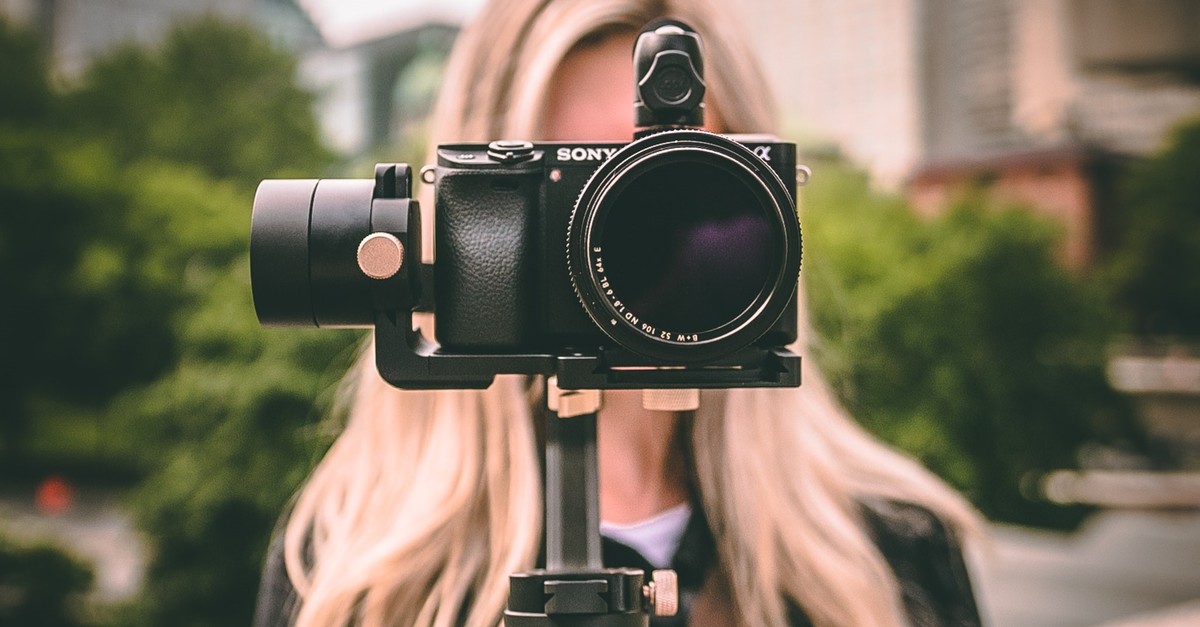

We all like to take photos, whether it’s capturing everyday moments, recording spectacular scenery or snapping holiday shots, there’s no limit to the types of images we record. As a result, there’s an abundance of cameras to suit which ever type of photographer you may be.

Beginner, enthusiast, advanced or expert? The more advanced user will be after specific functionality that will help get the most professional looking shot. If you’re just getting started, then you’ll probably be more keen on a model that will offer full auto options.

Have you constantly got your eye behind a viewfinder or is your camera only for special events and the occasional holiday snap? How much you use your camera and its functionality will impact the battery life, so consider having a spare battery for back up as there is nothing worse than the power down at a critical time.

If you’re an outdoor adventurist, a durable weatherproof camera might be your style. Perhaps you will be capturing every day moments at home and you need a simple camera & lens combo that is on hand and easy to use.

Whilst you might love taking the best possible shot, carrying around a bag with lots of accessories might not be something you have room for. Conversely, perhaps having easy access to all your equipment is essential and you need to incorporate an ergonomic camera back pack into your budget.

Do you want to take video? Is having a range of accessories and lenses important? Depending on where/what kind of photos you want to take, do you need to consider the mounting options? For example, a tripod is a great accessory if you are looking to take long exposure photos. If you already have equipment is it compatible with other brands?

Do you need WiFi or Bluetooth connectivity? Will you post them on social media, print photobooks or create artworks? Ten megapixels will give you high enough quality for standard printing. The higher the megapixel the great the quality of the image, but also the greater the size of the file, so understanding how you’re going to use your images in the future is important.

Here at Heathcotes we almost exclusively sell mirrorless cameras as this is where the technology is headed but it is still worth being aware of the DSLR technology and each types differences

Mirrorless cameras weigh less and are much smaller in size. The viewfinder provides a more accurate view of what your final photo will look like and changes as you adjust the settings. What you see in LCD or viewfinder is a live view of what you are shooting.


DSLR cameras use a mirror to direct the image from the lens to the viewfinder. This mirror flips up when you take the shot allowing the light to hit the image sensor. What you see in the viewfinder is a preview. DSLRs have longer battery life as their power usage is less.


Whilst still images may be your thing, having the option to shoot video is something worth considering. High definition or 4K will give you footage that can be played back with crystal clear quality on the latest TVs.


Lenses, tripods, selfie sticks, underwater casing and chargers… there is an abundance of cool add-ons you can get for your camera. Also, some accessories are compatible between manufacturers, such as chargers, lenses etc., which can save you from having to buy new equipment.


Every camera has a sensor which is essentially a digital film that captures your shot. Full frame sensors, which are the same size as traditional 35mm photographic film, and APS-C which is a smaller cropped sensor. They are less light sensitive and lenses behave slightly differently.


Images are output in either RAW or jpeg. RAW is a professional standard and enables dramatically improved image quality and for those wishing to edit offer more flexibility in the editing phase. Many cameras have this option, however, consider how you will share and store your images as RAW files take up additional storage.

Now lets talk about the technical stuff
There are 3 Key elements when using a camera to take a photo. These elements are ISO, Aperture and Shutter Speed. These elements are known as the exposure triangle

ISO
Aperture
Shutter Speed
ISO
ISO is all about a cameras sensitivity to light, more specifically the cameras image sensors sensitivity to light. Take a look at the chart below, it gives a summary of how the ISO scale works.
The higher the number, the greater your ability to take photos in low light becomes and vice versa. The drawback here is that higher ratings can produce a grainy result in your photograph know as 'noise' so as a pro tip you want to use the lowest ISO number you can to help reduce the noise in a photo.


Aperture
Aperture is the opening in the cameras lens that lets the light in and how big or small that hole may be. Its handy to think of this in a similar way to your eyes. Have you ever found yourself squinting to make something appear more focused? This is the same as how a camera works - the smaller the opening the more focused the image will be. When you are looking at the description for a camera lens it will say something along the lines of F2.8 - F5.6, this refers to that lenses aperture capabilities. Have a look over the chart below, hopefully it will help to understand the aperture scale a little bit more. Further below is an example of what the same image can look like with different aperture settings.


Shutter Speed
Inside of your camera, in front of the camera sensor there is a sort of curtain that is designed to block light getting to the sensor. When you press the button (also known as the "shutter button") to take a photo this then opens the curtain allowing the sensor to collect light and closes again once the photo has been captured. The Shutter Speed is the length of time the camera shutter is open. If you a using a "long" shutter speed then any motion in the photo will be blurred, the opposite is also true when using a "short" shutter speed can freeze motion. Experimenting with the shutter speed can create some really cool effects in your photography so it is worth playing around. Have a look at the image below for a visual representation of shutter speed.
























